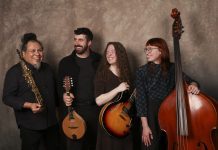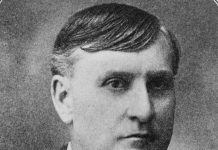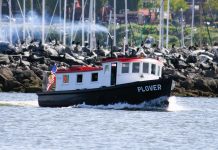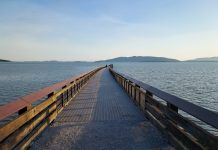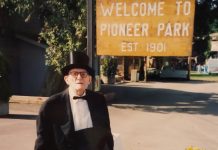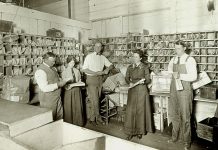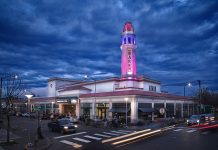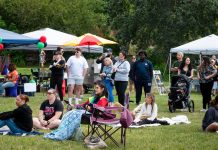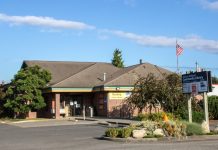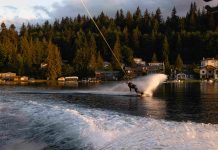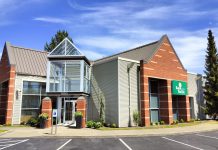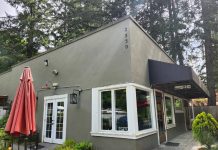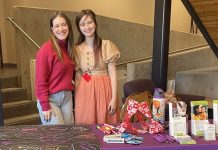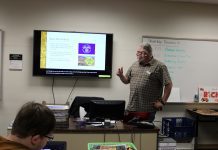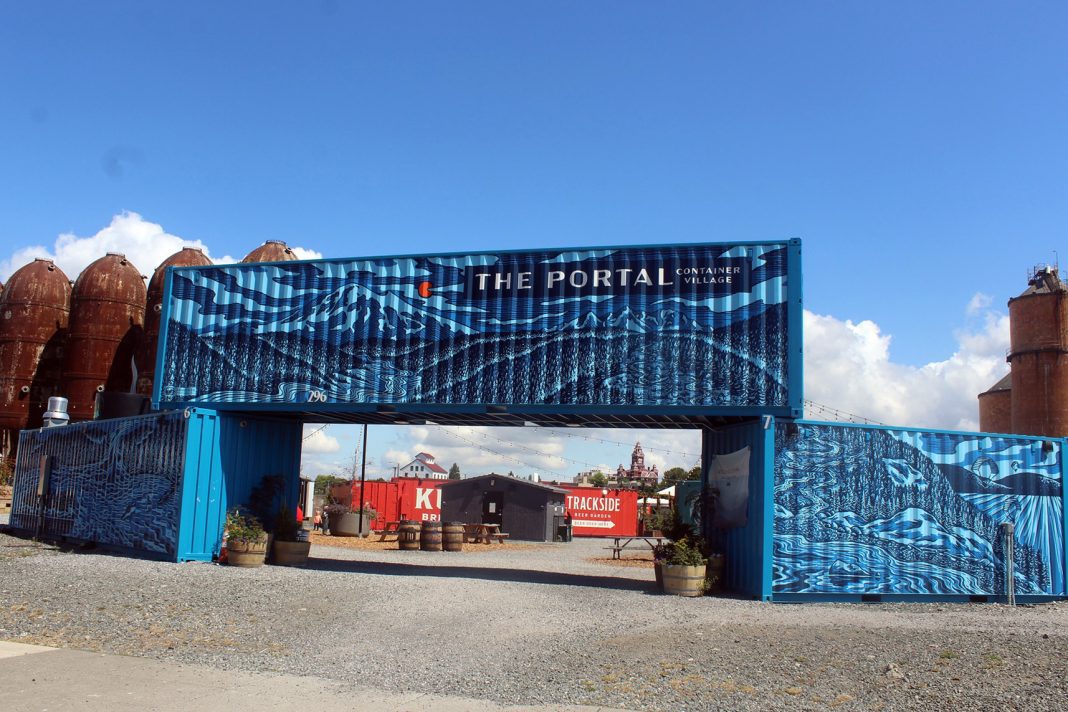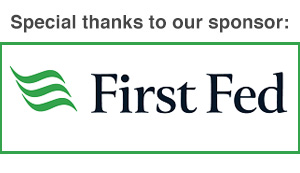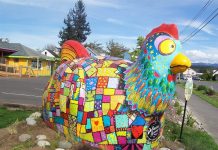In urban planning, the term “urban villages” has emerged to describe city districts with mixed residential and commercial use and accommodations for street, bicycle, and foot traffic. The City of Bellingham has created a list of burgeoning urban villages among its own districts.
Bellingham’s urban villages include the areas that have seen the most development and tourism in recent years. While their goal of promoting sustainability and human connection remains a challenge, these urban areas have progressively defined the “subdued excitement” at Bellingham’s heart.
Barkley Village
The City of Bellingham has described Barkley Village as its best-realized model of an urban village. Primarily managed by Talbot Group, it has developed since the late 1980s to include numerous apartments and condominiums within walking distance of the greenspace and commercial area.
The main square is home to Barkley Village Haggen, Starbucks, MOD Pizza, Jimmy John’s, and local businesses such as Hamman’s Gallery and Statement Apparel. Regal Barkley Village has become the city’s central moviegoing hub, with other food and beverage chains built around it. Other destinations to the north include branches of numerous banks, Bellingham Public Library, Robeks Fresh Juice and Smoothies, and On Rice Thai Cuisine.
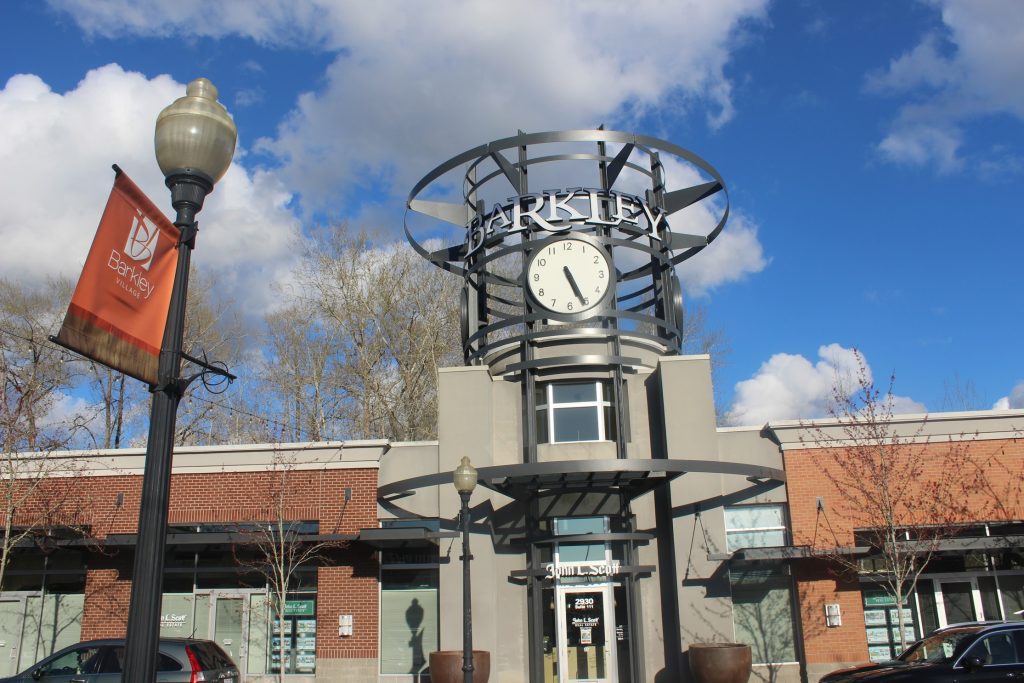
Downtown District
Every city needs a thriving downtown, and Bellingham is no exception. The urban village includes much of the Central Business District, which features local shops, the public arts, and numerous buildings on the National Register of Historic Places.
Fairhaven District
As one of the original towns to consolidate into Bellingham, Fairhaven has long prided itself on a vibrant, walkable, and artistic community. The area became a hippie haven in the 1960s, with new developments such as the 2019 Fairhaven Tower paying homage to the historic red brick buildings.
The urban village includes Marine Park and Bellingham Cruise Terminal to the northwest, Fairhaven Library to the northeast, Post Point to the southwest, and Padden Creek to the southeast. In between, you can find the restaurants, breweries, shops, and galleries that have come to set it apart.
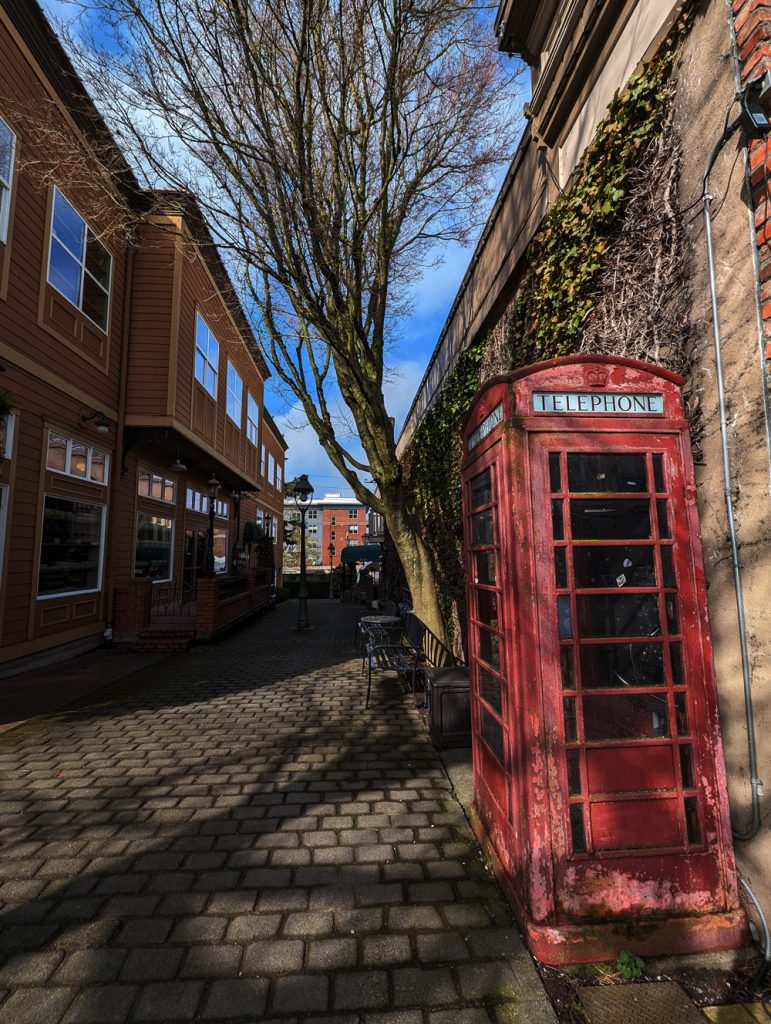
Fountain District
At the start of the Guide Meridian, Fountain District commemorates the historic site where people and livestock stopped for water on the original 1880s wood plank road. Present-day Fountain Plaza includes a decorative fountain (completed in 2021) and a flower mural named “Shattered: Creating Beauty From What is Broken.”
Fountain District spans from Meridian Haggen to the north to Bellingham Fire Department Station 1 to the south. Other businesses along the way include The RE Store, Bellingham Wind Works, Asia Oriental Market, and Menace Brewing, plus numerous restaurants and banks.
The city’s redevelopment plan for Fountain District started in 2010. Since revisions in 2020 increased floor area and bike parking, the area has grown into the urban village criteria.
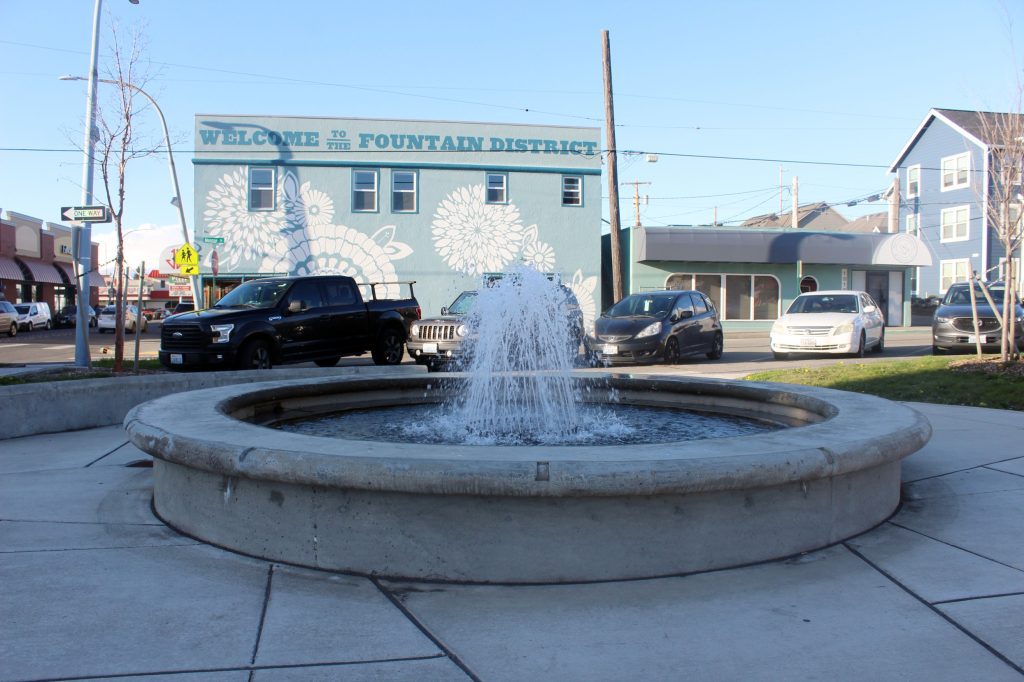
Samish Way
The plan to transform Samish Way into an urban village started in 2009, with major revisions and developments in 2019. The area has gained hundreds of new residential units. One of the most recent projects, Samish Commons, repurposes the former Aloha Motel’s sign for a mixed commercial, residential, and office space.
Since Samish Way became part of Pacific Highway 1 (Highway 99) in 1936, and connected with Interstate-5 in 1960, most of its businesses have been fast food restaurants, motels, and gas stations. The urban village developments have introduced businesses such as Trove Cannabis and Mochinut, while mainstay restaurants have remained on the way to the Haggen branch. The city has also developed expansive bike lanes across the road.
Old Town District
As described in a previous WhatcomTalk article, Bellingham’s Old Town District borders the Downtown and Waterfront Districts at the former townsite of Whatcom. It includes many of Bellingham’s oldest buildings within one area, including the 1856 Pickett House, 1858 T.G. Richards Building, and 1890 Lottie Roth Block.
Old Town still hosts many long-storied establishments such as Old Town Café and Waterfront Seafood and Bar. It is also home to Maritime Heritage Park and the adjoining Salmon Art Trail.
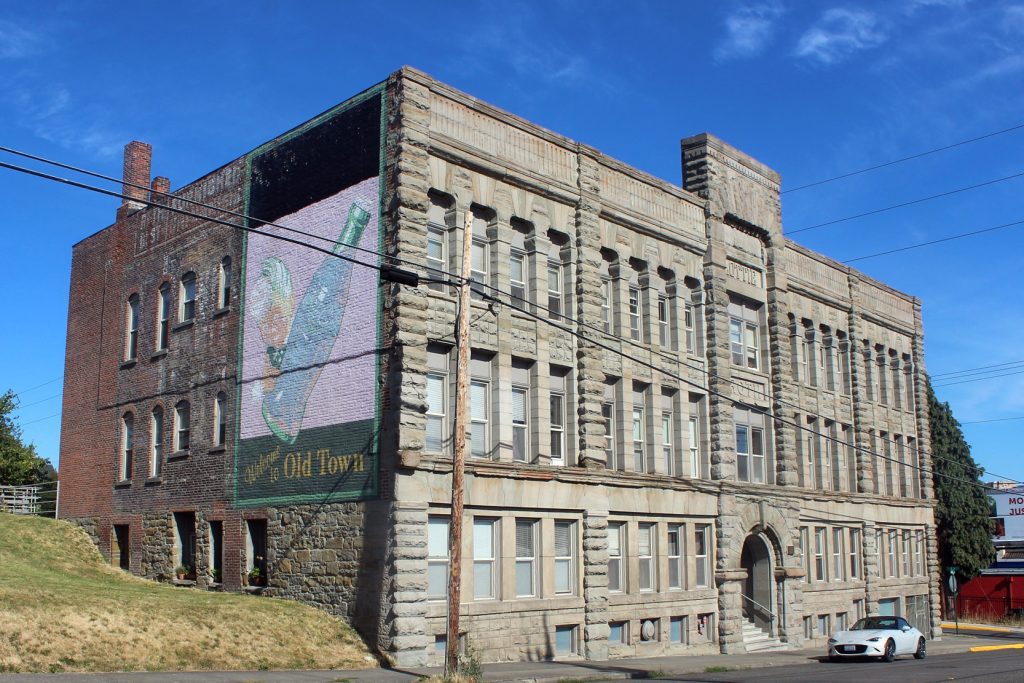
Waterfront District
Over several decades, Bellingham’s waterfront has transformed from an industrial center to a mixed-use urban center. The Georgia-Pacific pulp mill, operational from 1963 to 2007, originated several buildings that stand at Waypoint Park, including the historic “Acid Ball” structure the park incorporated on opening in 2019. The area has undergone cleanups by the Bellingham Bay Demonstration Pilot Project since 1996.
Downtown Waterfront Bellingham encompasses many attractions that have emerged in recent years. The 1915 Granary Building, which started with farmers in the Washington Cooperative Egg and Poultry Association, now houses office space. The Whatcom Mountain Bike Coalition pump track lies outside the Portal Container Village, which hosts rotating shops seasonally.
While decades-old concepts of a waterfront resort have not materialized, the urban village continues to develop with new condominiums.
The City of Bellingham’s website provides more information on urban villages, including opportunities to comment on proposed developments.




